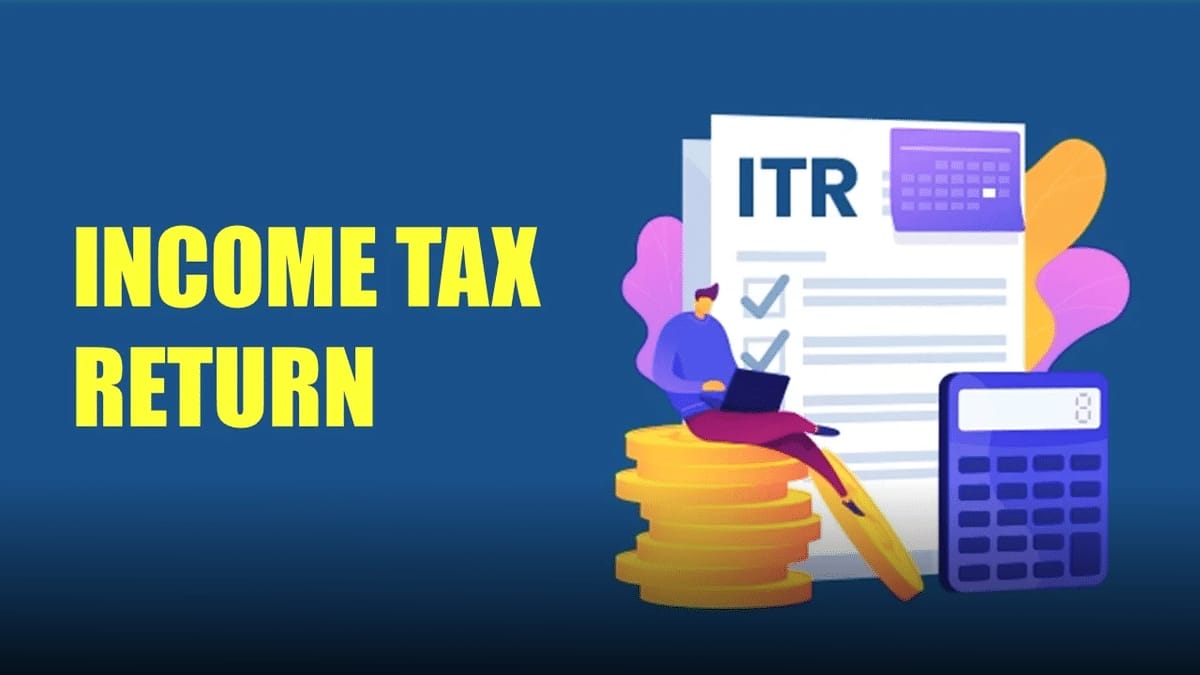
All Income Tax Return Forms for AY 2025–26 Notified: Key Changes You Must Know
By Author / May 13, 2025
Category: Income Tax Recent News – 2025
The Central Board of Direct Taxes (CBDT) has officially notified all Income Tax Return (ITR) forms for Assessment Year (AY) 2025–26, corresponding to the financial year 2024–25.
Although the overall structure of these forms remains largely unchanged, several important updates reflect amendments introduced in the Finance Act. These include tax relief for small capital gains, revised thresholds for asset disclosure, and more detailed capital gains reporting. Let’s explore these changes form by form.
ITR-1 (Sahaj): Now Covers Small LTCG
ITR-1, or Sahaj, continues to apply to resident individuals (excluding not ordinarily residents) with income up to ₹50 lakh from salary, one house property, and other sources.
Notably, the updated ITR-1 now allows the reporting of long-term capital gains (LTCG) up to ₹1.25 lakh under Section 112A from listed equity shares or equity mutual funds. This change simplifies filing for small investors and avoids the need to switch forms unnecessarily.
ITR-2: Detailed Capital Gains Reporting Now Mandatory
Individuals with capital gains, multiple house properties, or foreign assets must use ITR-2. The updated form introduces several new requirements:
- Taxpayers must now separately report LTCG accrued before and after July 23, 2024, due to changes in indexation and applicable tax rates.
- Unlisted bonds and debentures need distinct reporting based on their holding periods.
- Buyback proceeds after October 1, 2024, should be disclosed both under “Income from Other Sources” and as a “Nil” consideration in the capital gains section.
Moreover, the asset and liability disclosure threshold has increased. Now, only those with income above ₹1 crore (previously ₹50 lakh) need to report such details.
ITR-3: Mandatory Tax Regime Selection and New Reporting Norms
ITR-3 is designed for individuals and Hindu Undivided Families (HUFs) with business or professional income. This year’s form introduces new elements:
- Taxpayers must clearly indicate their chosen tax regime (old or new) and support it with Form 10-IE or 10-IEA.
- The disclosure section now includes business profits/losses and foreign assets or income.
- High-value transaction reporting is required for:
- Cash deposits over ₹1 crore in current accounts
- Foreign travel expenses exceeding ₹2 lakh
- Annual electricity bills over ₹1 lakh
- Credit card bills over ₹10 lakh
These changes enhance transparency and help track unaccounted wealth more efficiently.
ITR-4 (Sugam): Relief for Presumptive Income Filers
ITR-4 applies to individuals, HUFs, and firms (excluding LLPs) opting for presumptive taxation. This year, it also permits the reporting of LTCG up to ₹1.25 lakh under Section 112A, similar to ITR-1. This adjustment benefits small traders and professionals by reducing compliance complexity.
ITR-V: Return Verification Options Remain
ITR-V is still used to verify returns when e-verification isn’t done. Taxpayers must sign and send it to the CPC Bengaluru within 30 days via speed post. Alternatively, one can complete e-verification through Aadhaar OTP, net banking, or a validated bank or demat account.
ITR-6: Capital Gains Split, Buyback Loss Disclosures for Companies
The CBDT notified ITR-6 on May 6, 2025. It applies to companies not claiming exemptions under ITR-7. Major updates include:
- Splitting capital gains into transactions occurring before and after July 23, 2024
- Reporting buyback-related capital losses if the company declares related dividend income after October 1, 2024
- Updates for cruise operators under Section 44BBC and businesses dealing in diamonds (requiring minimum 4% profit disclosure)
- Enhanced details in Schedule BP and stricter TDS code reporting
ITR-7: New Norms for Trusts, Institutions, and Exempt Entities
ITR-7, notified on May 9, 2025, targets charitable/religious trusts, political parties, and scientific/research bodies exempt under Sections 139(4A) to 139(4D). Key changes include:
- Separate capital gains disclosure before and after July 23, 2024
- Alignment of buyback-related loss disclosures with dividend income reporting
- Reporting of Section 24(b) deductions on housing loans
- Compulsory TDS section code entries for enhanced verification
Final Thoughts
These updates mark another step towards improved tax transparency and easier compliance. Whether you’re an individual filer or a corporate taxpayer, understanding the AY 2025–26 ITR changes will help you stay compliant and avoid notices or delays. Don’t wait until the deadline—start organizing your documents today.
